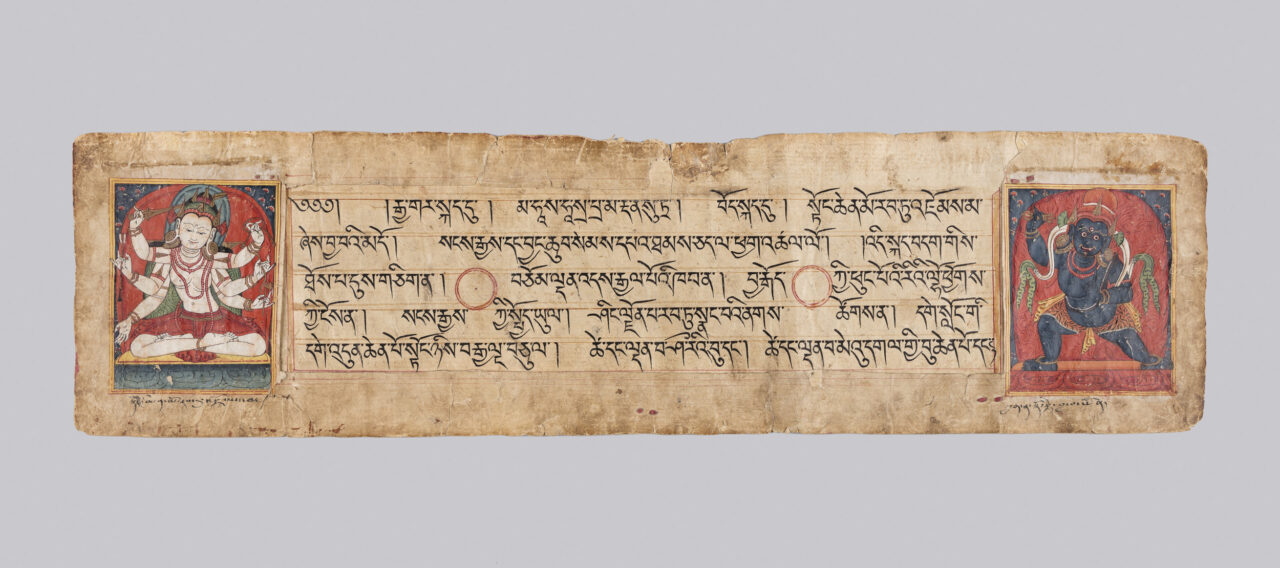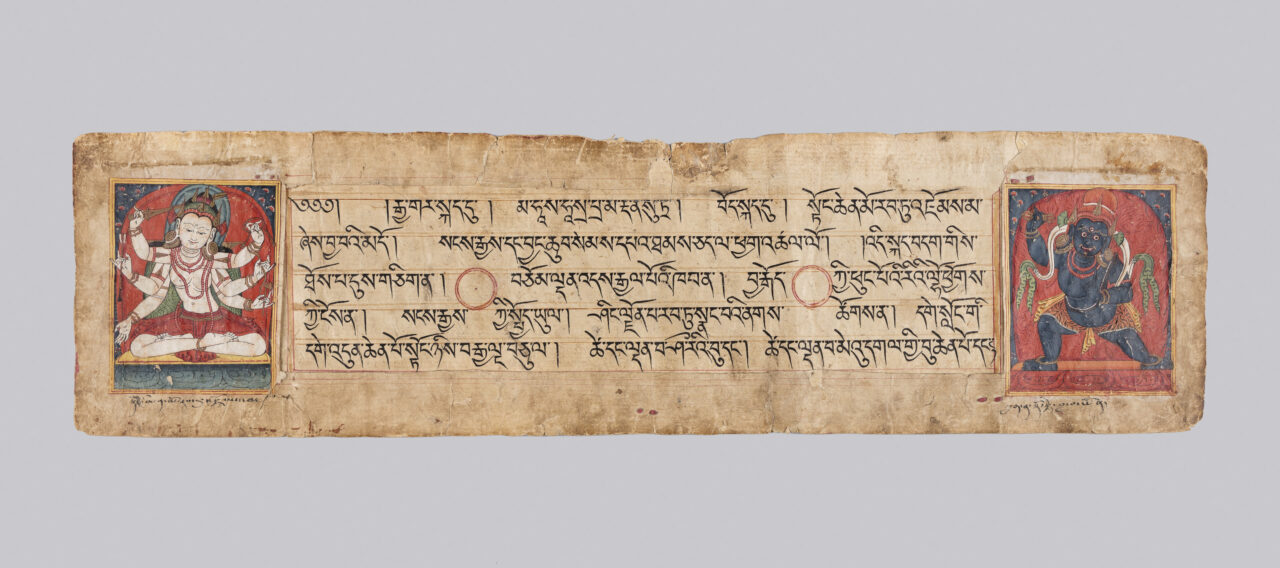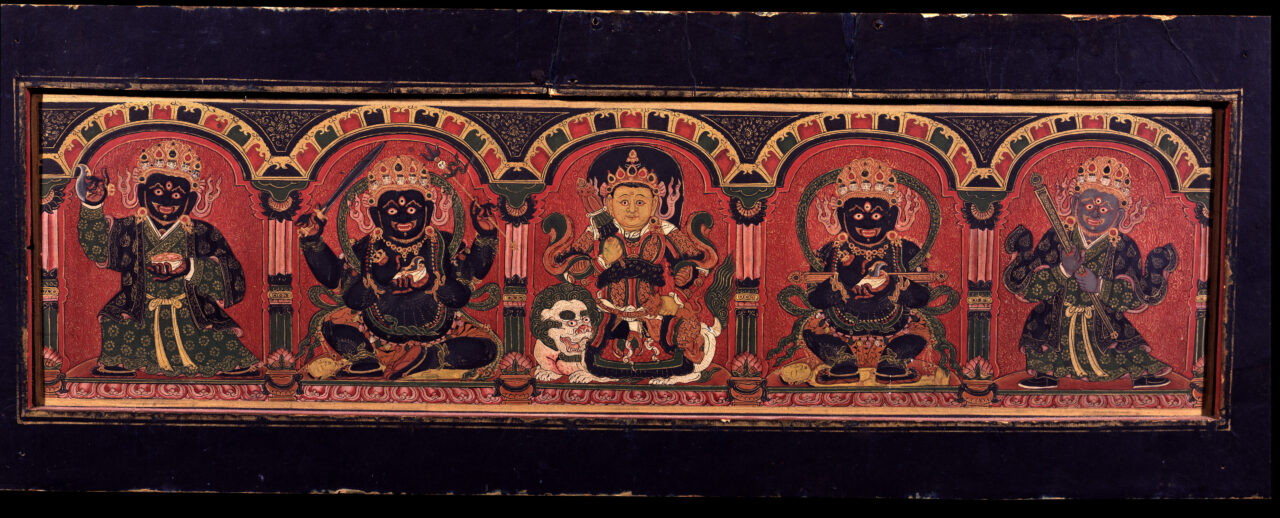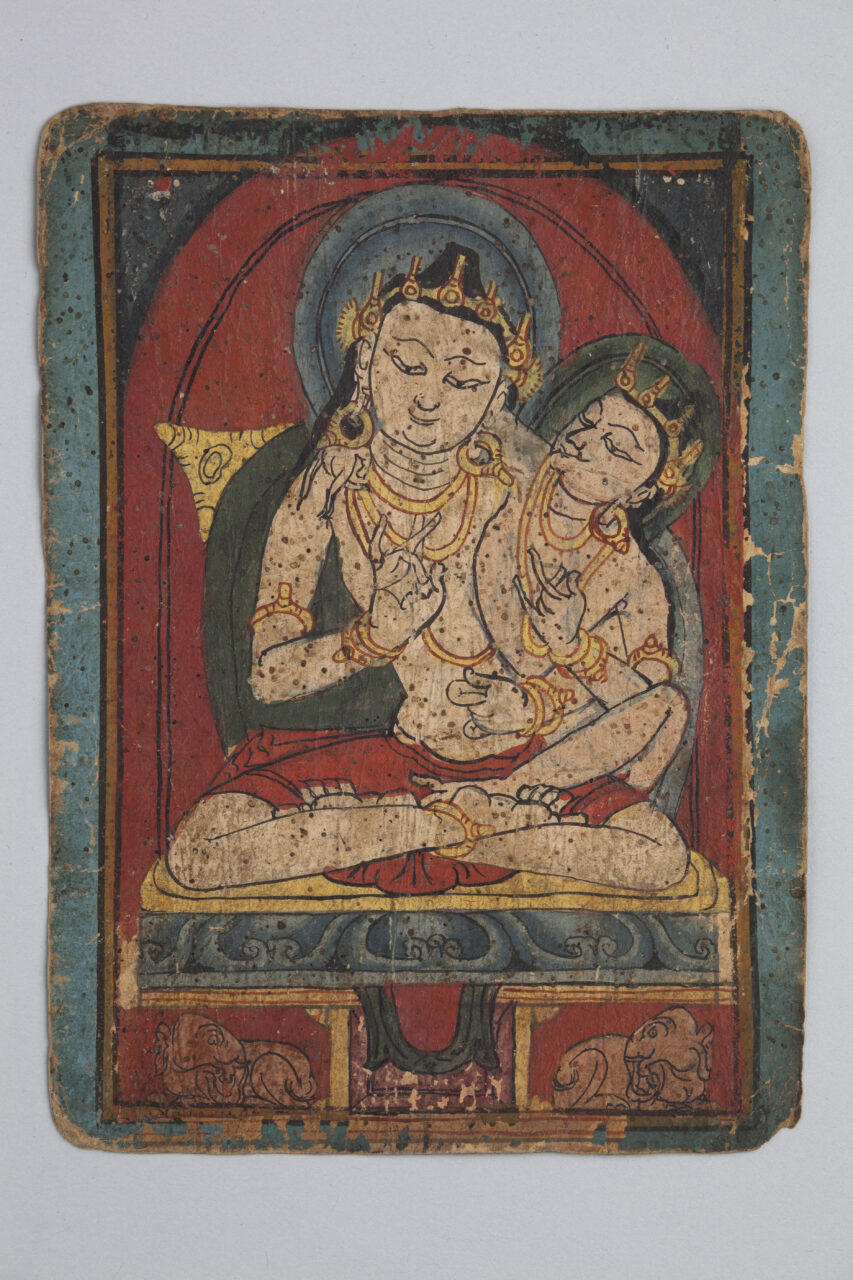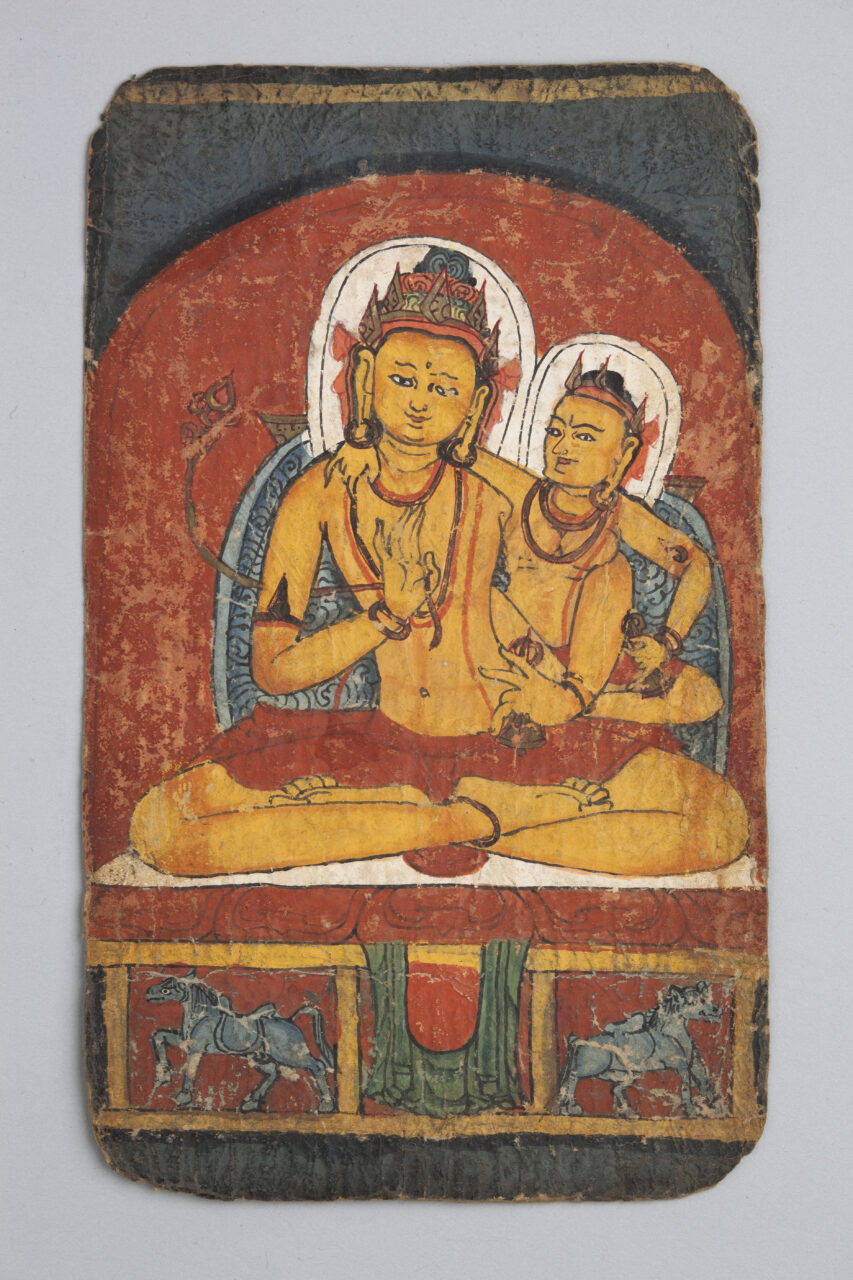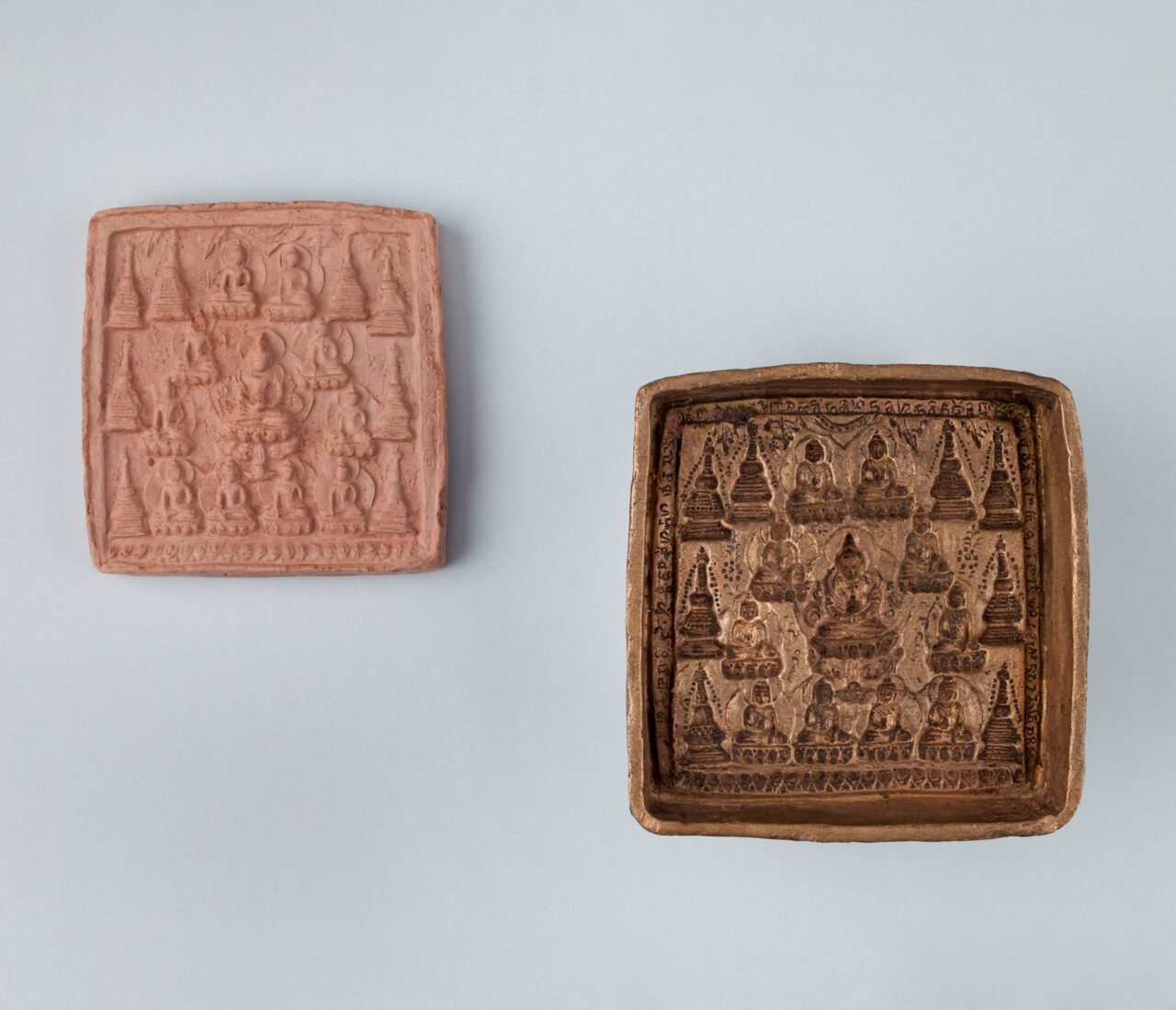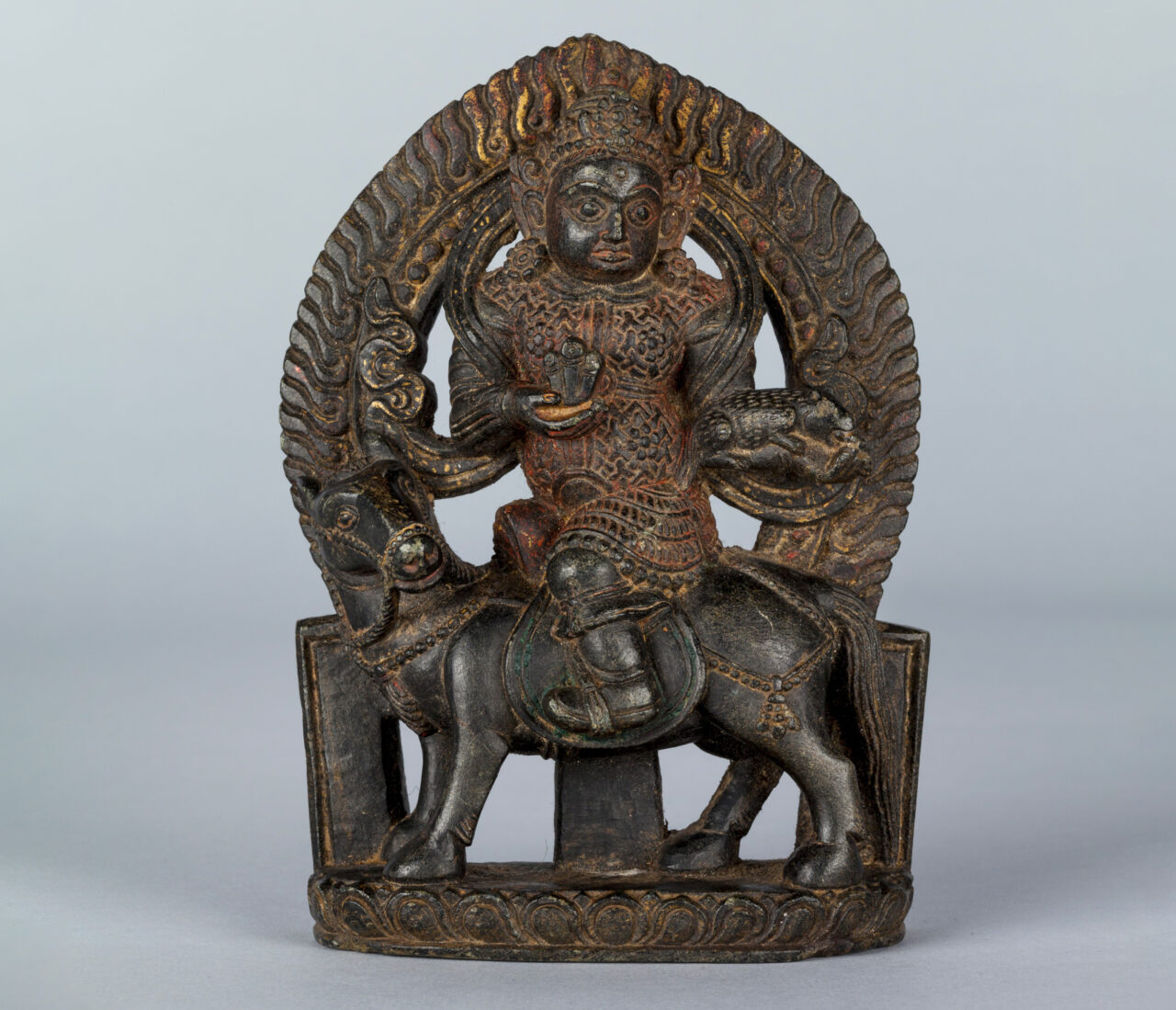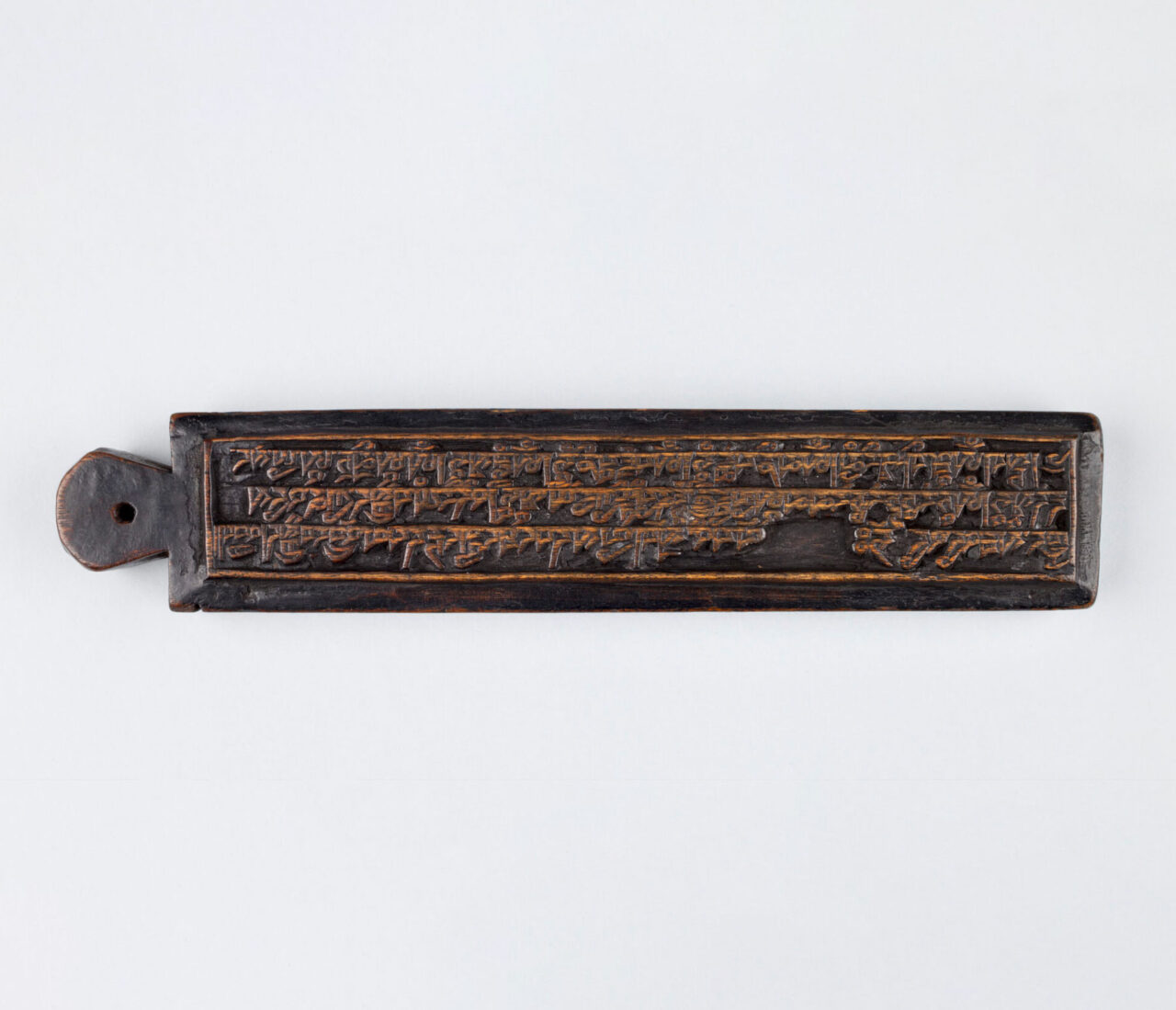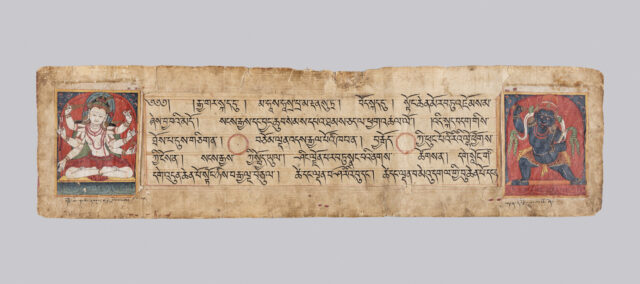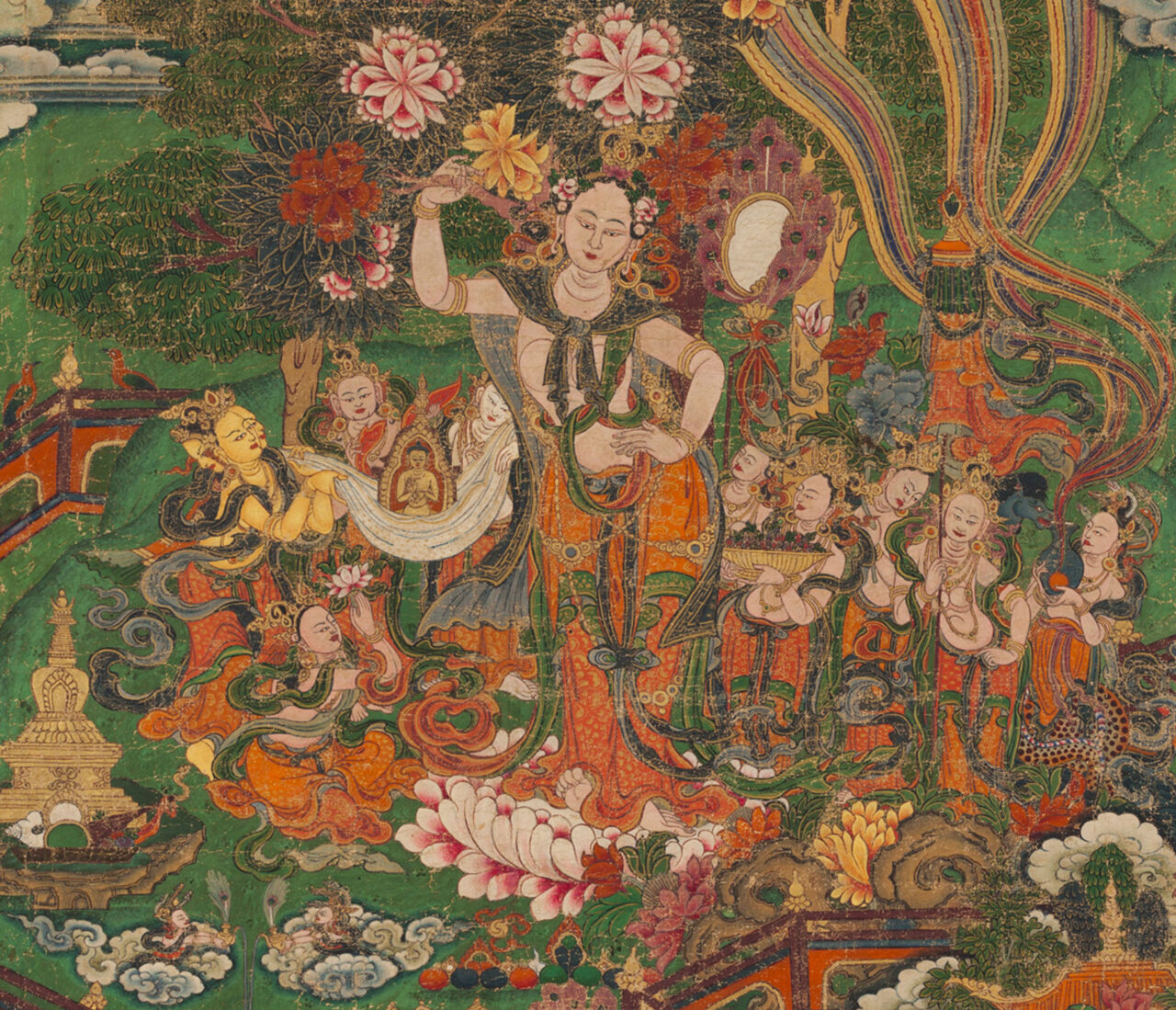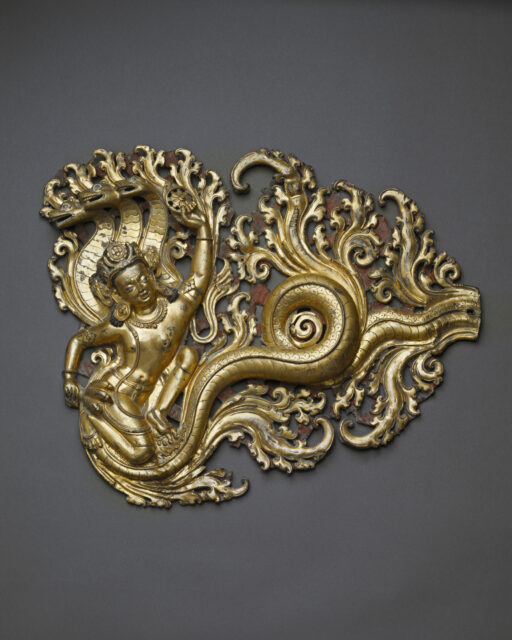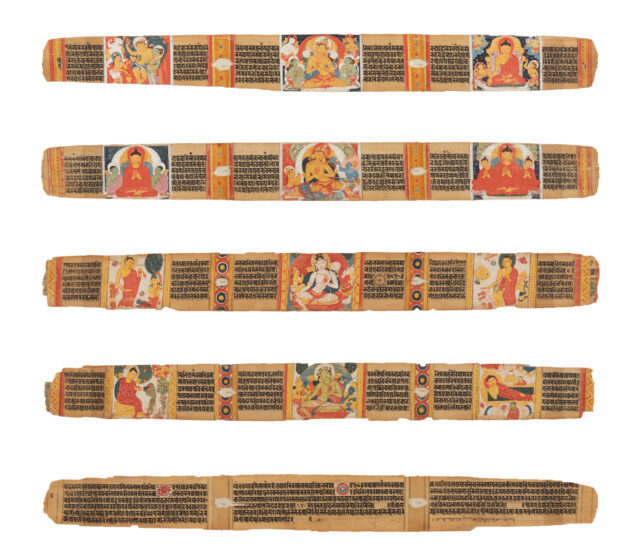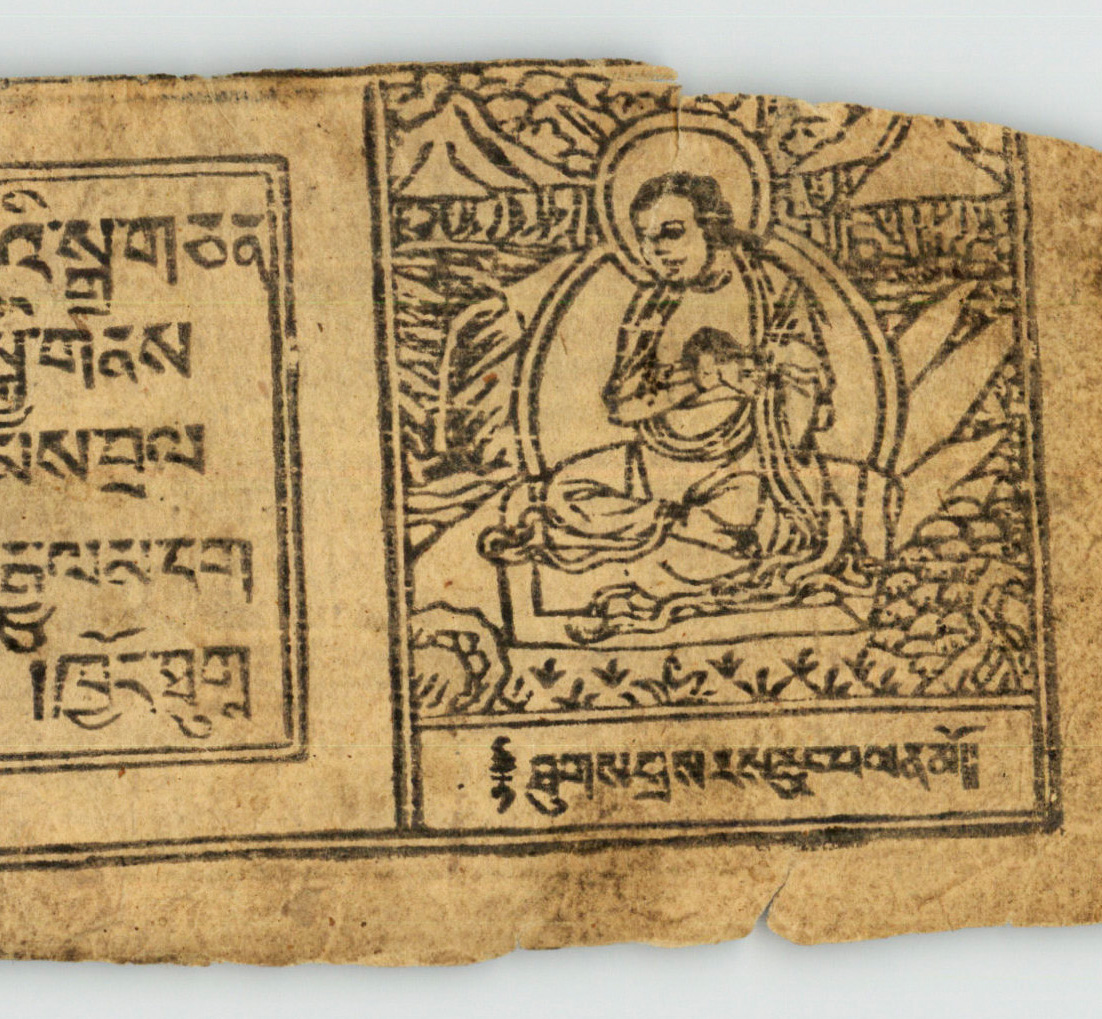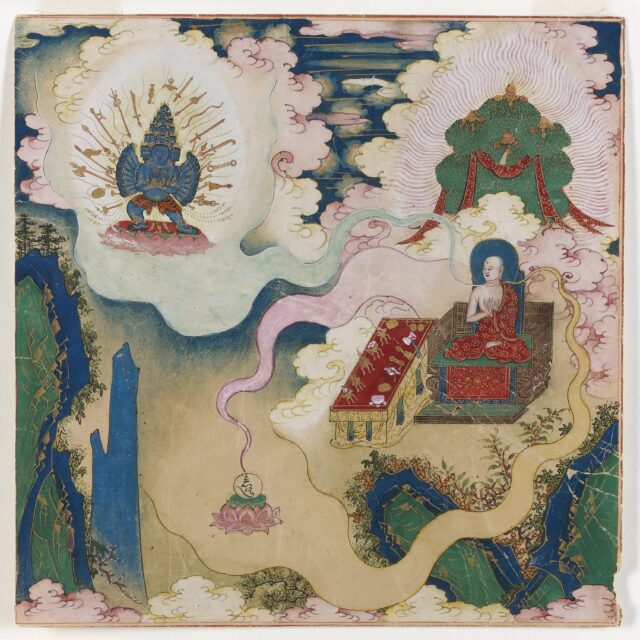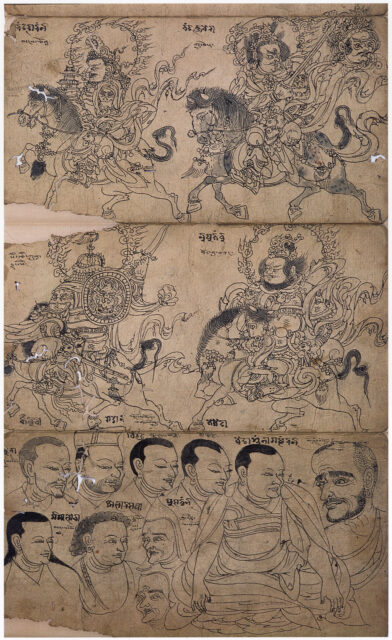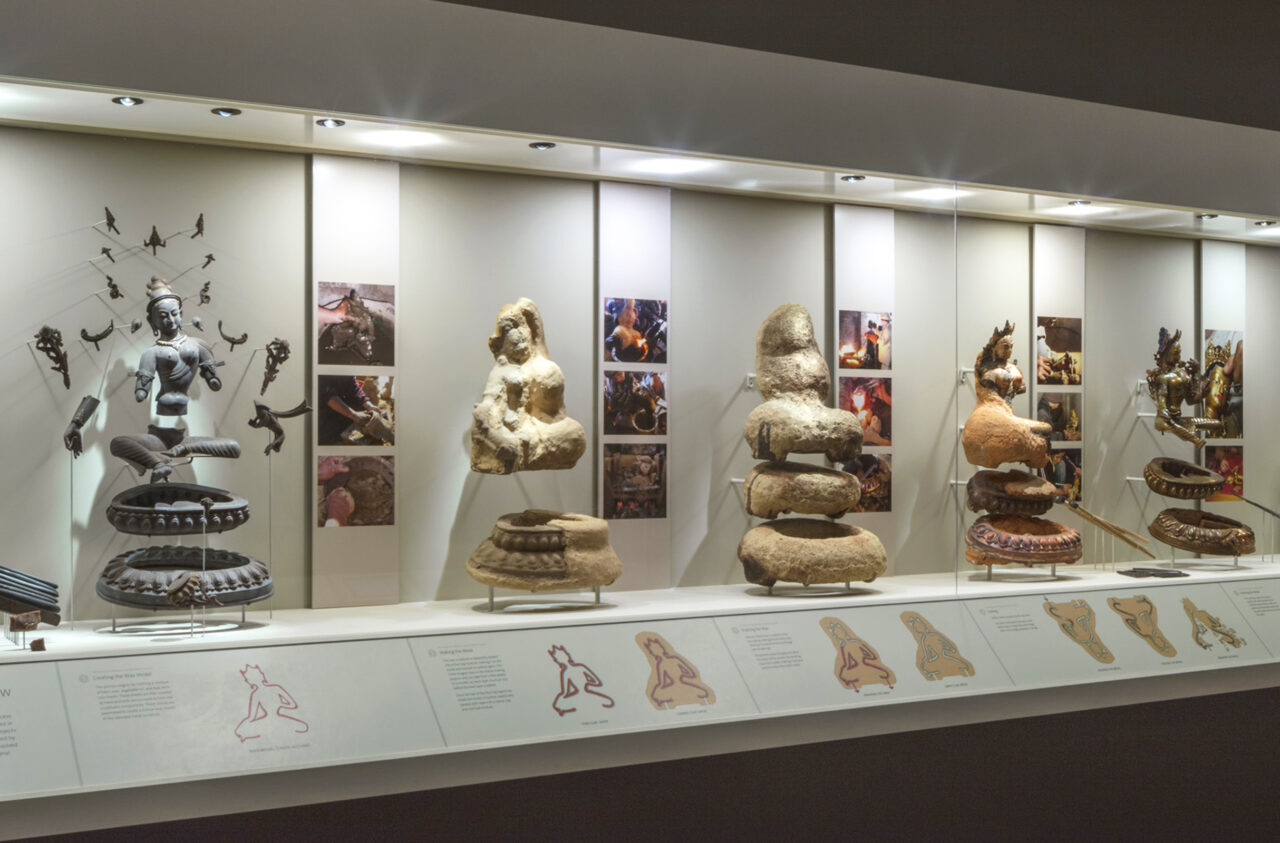Paper was used widely as a media for copying Buddhist texts and image making. The art of papermaking reached Tibet about 650 CE and spread west via the Silk Road, a major trade route connecting Asia with the West.
Traditional Tibetan paper used for writing and illustrating manuscripts comes from root fibers of a plant found throughout Tibet called rechagpa in Tibetan (Stellera sp.) or, alternatively, made of fibers from the paper mulberry tree (Broussonetia sp.; sin shing in Tibetan) found in eastern Tibet and China.
Scribes copy the texts of the manuscripts using ink made of soot, or for lavishly produced books, gold and silver. Artists decorate, or illuminate, and illustrate the pages as well as color and paint images of deities printed from woodblocks.
The video below shows papermakers at the Degé printing house.
